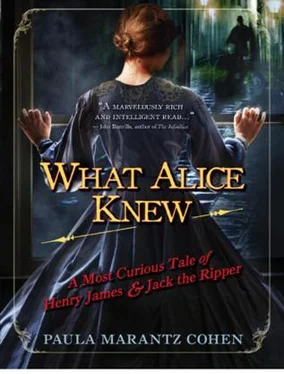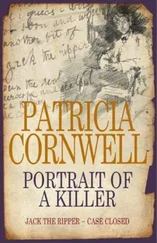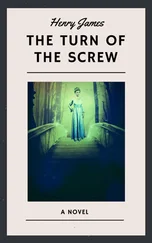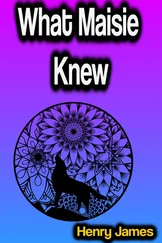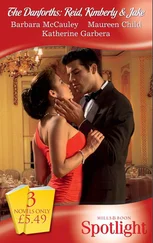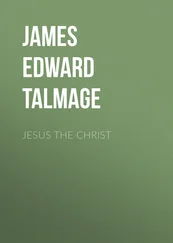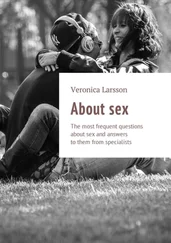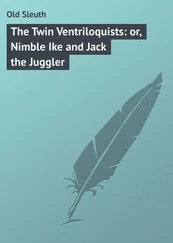In the margin, also in pencil, was a kind of tracery in the style of an ornate graphic. “What is it?” asked William, pointing to the notation. “A code of some sort?”
“I’ve studied it, and it looks to me like letters. P/W but with an X superimposed.”
William squinted down at the graphic. “Quite right.” He nodded. “Initials crossed out? The slash—if it is that”—he noted a kind of curl in the line between the letters—“might be a slip of the pen. It could refer to someone the reader wanted eliminated.”
William had made quick note that none of the victims had the initials PW before shifting his attention to the volume itself. He examined it more closely. It was in good condition, bound in red leather, and the frontispiece said it was published in 1854 as part of a twenty-volume set.
“Do you have the other volumes?” he asked Cohen.
“No. I often get hold of strays like this. The trick, if you want to make money, is to know where the rest of the set is.”
“And do you know?”
“Yes—or at least where it was once.” Cohen took the book and flipped to the inside of the back cover, where he indicated a small stamp with the initials A and S . “It stands for Abrams & Son,” he explained. “Asher Abrams is a dealer of some note in the city. He used to have a pawn brokerage in this neighborhood, but he’s gone up in the world since. No doubt this volume became detached from a set he purchased, and it was sold to me by one of the area dustmen. Normally I would try to sell it back to him, since the set is worthless if it’s not complete, but in this case, I thought it best to give it to you. It might be helpful in catching the maniac who is preying on the poor and unfortunate.”
William looked at Cohen suspiciously. Was the man being disingenuous? He could not bring himself to believe it. Though clearly at odds with his society, he seemed the sort of person who might wreak havoc, not out of calculation, but out of idealism and purity of motive. It was true, moreover, that Cohen couldn’t very well bring this evidence to the police, who had already arrested him under suspicion of being Jack the Ripper.
“Abrams has a shop in Soho and lives in one of the fashionable districts,” Cohen continued. “Your friends will know of him, since his trade is with gentlemen collectors and established artists. I’ve seen his daughter in Whitechapel now and again, though I can hardly imagine what business she has here. A real beauty; carries herself like the queen of the Nile.” Cohen seemed to find the image of Abrams’s daughter momentarily diverting, and then, as if recalling the larger social context, never far from his mind, summed up contemptuously, “But beauty and riches won’t do her any good when the Revolution comes.”
William and Henry were seated at the little table in their sister’s bedroom the next morning. Henry was eating a large bowl of the oatmeal with brown sugar that Sally had made for him (Archie, Sally had announced proudly, had already eaten two bowls). William ate a banana (as part of his Fletcher diet), and Alice, excited to hear her brothers’ news, had eaten nothing, despite the protestations of Katherine that she must keep up her strength if she were going to expose a murderer.
She listened to Henry’s account first. He tried, as far as he could, to relay the sense of importance he felt attached to Sickert’s imitation of Whistler’s laugh. Katherine and William didn’t see much in it, but Alice was more encouraging. “Henry’s instincts are the most developed in the family,” she asserted. “If he senses something worth pursuing in this Sickert, then it must be respected. Interesting how we seem to return to Whistler; but you say that he’s out of the question as a suspect?”
“Yes,” said Henry. “He’s in Paris on his honeymoon and hasn’t been in London since July. I have ample correspondence from Bourget and others to that effect. Besides, someone who laughs like Jimmy is hardly likely to render laughter that way in writing.”
Alice nodded. “You’re saying it’s laughter someone else might notice and imitate. It’s the parodic aspect that struck you.”
“Precisely,” said Henry, pleased to have it put so well. It was indeed the element of parody that impressed him in the Ripper letters and that the young Sickert had echoed in his verbal imitation.
“Sickert,” Alice ruminated. “A name worthy of a murderer. William says that we mold our personalities to our physical characteristics. Why not to our names? Had I been named Dolly or Daisy, I’m sure I would have been gay and pretty instead of grim and plain.” She sighed and returned to the topic at hand. “You also said Sickert had a gift for mimicry and comfort with costume and that he is an artist with a dark and macabre palette. It’s all very suggestive.”
Henry nodded complacently. It was pleasant to have his sister’s approval, especially as her subsequent response to William’s findings was less enthusiastic.
“How do you know that the essay is even related to the photograph?” she said, looking skeptically at the book that William handed to her. “Perhaps one of the police planted the picture in order to frame this social revolutionary Cohen.”
“It’s possible,” acknowledged William. Cohen had said he saw an officer find the photograph, but sleight of hand was not to be discounted.
“The essay is fairly well-known,” continued Alice. “It’s likely to elicit interest on a purely academic level from many readers.”
“Gosse often mentions the piece,” piped in Henry. “His father used to read it to him as a child. Scared him half to death.”
“But the underlined sentence and the initials,” insisted William, pointing to the volume. It had seemed compelling at the time. Now it seemed less so. Could Cohen himself have introduced the volume in some effort to throw the police off track?
“Have you been able to make sense of the initials?” asked Alice. “PW crossed out?”
“No,” said William. “None of the murder victims have those initials.”
“There’s a mark between the letters,” noted Henry, peering over his brother’s and sister’s shoulders. “Perhaps an ampersand. Sickert’s first name is Walter. Polly and Walter,” he suggested.
“Then, the X would make sense,” agreed William grudgingly. He was always somewhat annoyed by his brother’s quickness. “Though it is a bit infantile. The sort of thing a child might carve into a tree.”
“And our killer is too sophisticated for that.” Alice smirked. “He only carves up bodies.”
There was silence as the three of them pondered the conundrum. Katherine, who had been sitting quietly in the corner of the room, then spoke up. “Walter Sickert is married to Ellen Cobden,” she said.
Everyone looked at her, surprised.
“Jane Cobden’s sister,” she clarified. Katherine and Alice were both friendly with Jane Cobden, daughter of the noted liberal reformer Richard Cobden. He had four daughters, all known for their beauty and intelligence, of whom Jane was the most politically engaged and the best known to Alice and Katherine.
“That’s interesting,” said Alice. “How old is Sickert?”
“Quite young,” said Henry. “Late twenties at the most.”
“Jane is my age, and Ellen is older by a few years, isn’t she?”
“Yes,” agreed Katherine. “I haven’t met her, but I know she’s older than Jane.”
“That would put her close to forty,” said Alice. “So much older than her husband—and the age of the Ripper victims.”
They all considered this information a moment. Henry then shifted uncomfortably as he began to turn against the idea he had originally proposed. “Just because Sickert said ‘ha ha’ doesn’t mean he murdered five women on the East End.”
Читать дальше
